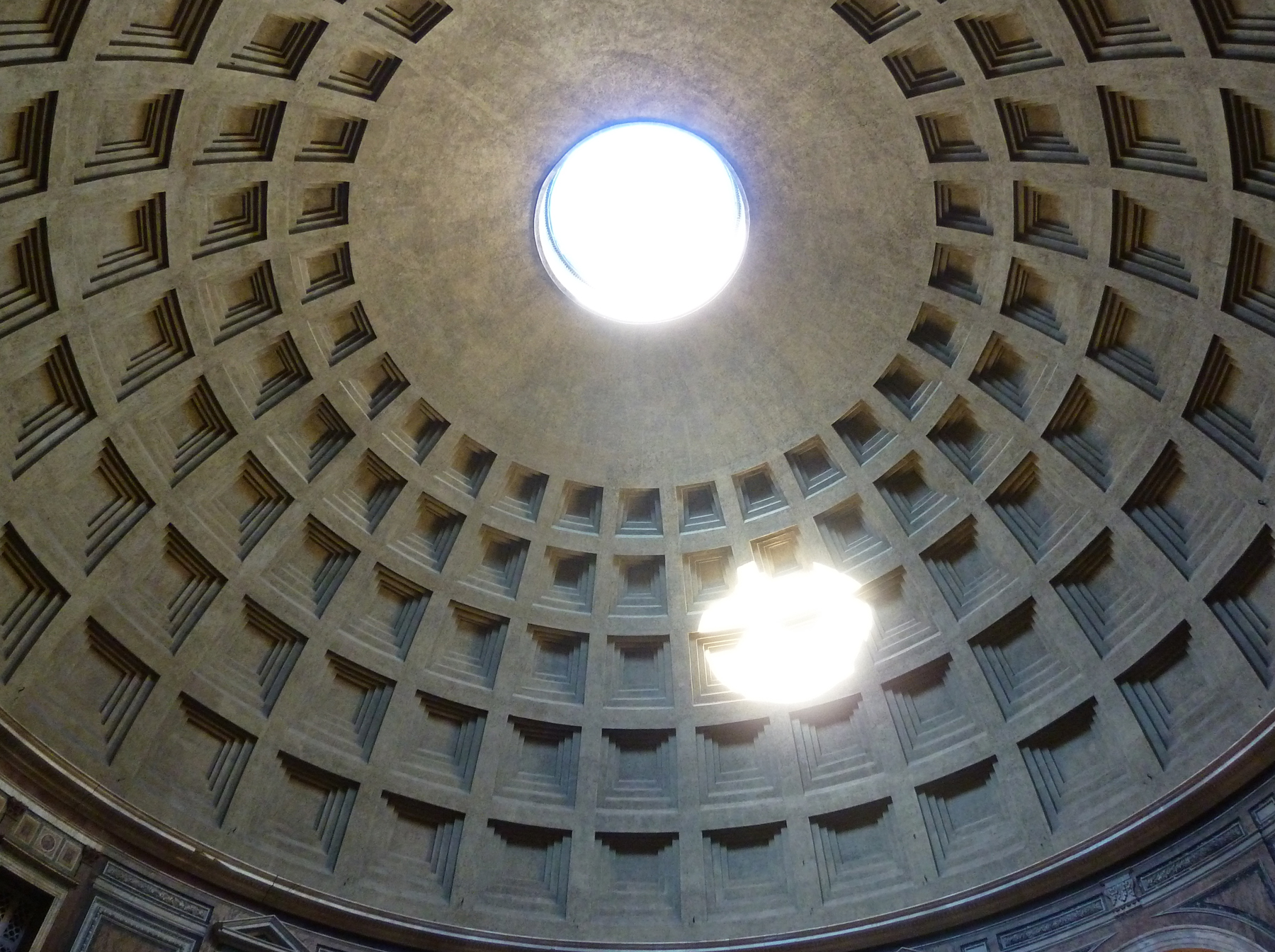Concrete – the marmite of the built environment – Part 1
Love it or hate it, concrete is here to stay and despite a commonly-held notion that it epitomises modernity, its history can be traced back for thousands of years. Note here that I’m not specifying a particular era for its inception, because that depends on how one defines concrete. Even American architect, Frank Lloyd Wright had a problem with this. In 1927, he posed the question, ‘What the should be the aesthetic of concrete?’ and went on to describe it as a ‘mongrel’ material.
‘Is it Stone? Yes and No.
Is it Plaster? Yes and No.
Is it Brick or Tile? Yes and No.
Is it Cast Iron? Yes and No.
Poor concrete!
Still looking for its own at the hands of Man.’
Ancient structures – precursors to concrete
Concrete as we know it today is a flowing material poured into forms, but in its early iterations it was more akin to cemented rubble.
Cast your mind back to 6500 BC, if you will, to the deserts of southern Syria and north Jordan. Here, Nabataean traders made use of local materials – fine silica sand combined with hydraulic lime heated in kilns – to build concrete-like structures in the oases dotted about their empire. Underground they constructed cisterns for water storage which enabled their survival in the arid desert environment. They also produced mortar for rubble-wall houses and laid concrete floors.
The pyramids in Egypt were built using gypsum and lime mortar – for the Great Pyramid at Giza, an estimated 500,000 tons were used in which to embed the casing stones on the surface. And next time you indulge in a takeaway, remember that a form of cement was used in China to build the Great Wall, and recent testing has revealed that one of the main ingredients was sticky rice!
What have the Romans ever done for us?
‘Apart from the sanitation, the medicine, education, wine, public order, irrigation, roads, the fresh water system, and public health…’
Graham Chapman, Life of Brian
What the Romans did for us was to develop cement mixtures and concrete to such a high degree of technical sophistication that they were able to construct iconic buildings such as the Pantheon, the Colosseum and the Roman Baths, which still stand today.
In the 1st century BC, a Roman architect called Vitruvius wrote a celebrated 10-volume treatise called De Architectura, one book of which focused on building materials. This included detailed descriptions of the constituents of different cement and mortar mixes and their functions.
For land-based structures, cement was made from volcanic sand called harena fossicia; for structures exposed to water – sea or fresh water – another volcanic sand called pozzuolana was preferred. Both sands, when mixed with lime and water, will hydrate and solidify into a substance as hard as rock. Additional ingredients may have been milk, blood and animal fat, by the way, which, as far as I know, have never featured in a Turner & Hoskins build.
As well as the natural deposits used, Romans also manufactured synthetic additives for mortars and concretes by exposing clay, kaolin and volcanic stones to strong heat.

The Pantheon
There’s some dispute about exactly when the Pantheon – a Roman temple, now a church – was completed, but let’s say the 2nd century AD. It has a massive unreinforced concrete dome 43 metres high and spanning 43 metres, which is still the largest unsupported dome in the world. Michelangelo said it must have been the work of angels when first he saw it. So how on earth did the engineers achieve this feat?
Gail Sullivan, an architect from Massachussets, explains that they used a particular blend of limestone and volcanic ash which reacted over time forming dense clusters of a resilient mineral called strätlingite. This helped to stop the microscopic cracks that so often appear on interfacial zones of concrete structures. The crystals are not unlike like microfibres added to concrete today, but ‘provide superior reinforcement and are resistant to corrosion.’
Add to that the fact that the concrete at the top of the dome is thinner and less dense than the base, with internal spaces within the dome walls. It’s also crowned with a circular opening – the oculus, which is 8 metres across – which helps to lighten the load. Brickwork built up around the base acts as a counterbalance.

Moving on…
Arguably, Romans’ mastery of building with concrete had a huge impact on their success as empire builders. Today, their processes are garnering renewed attention for their proven (over 2000 years!) durability and reduced environmental impact – less cement needed, lower temperature required to manufacture and a longer life span.
In Part 2, we’ll jump forward in time to look at the brutalist era in the 20th century, largely responsible for some people’s unsympathetic perception of concrete. We’ll finish with examples of the work we undertake at Turner & Hoskins and why we chose concrete over other materials in certain contexts
